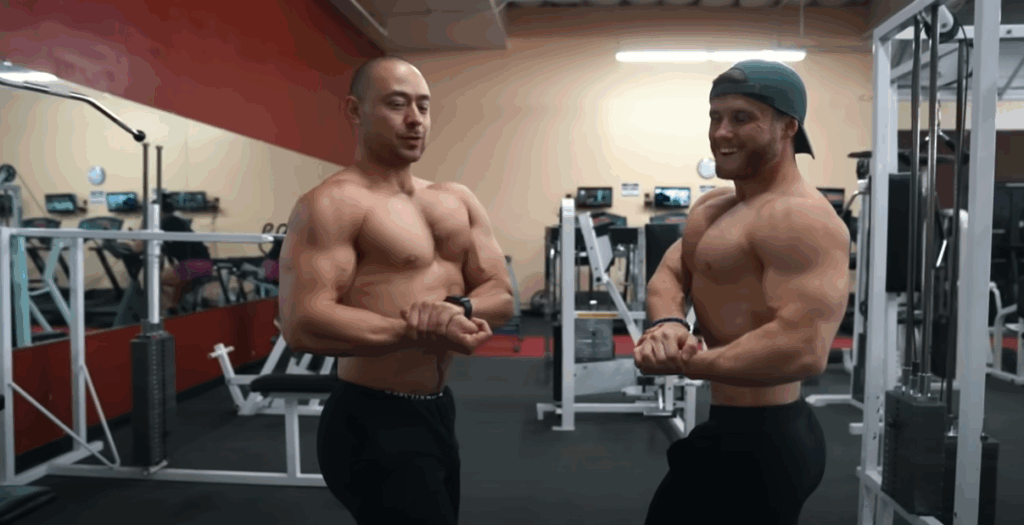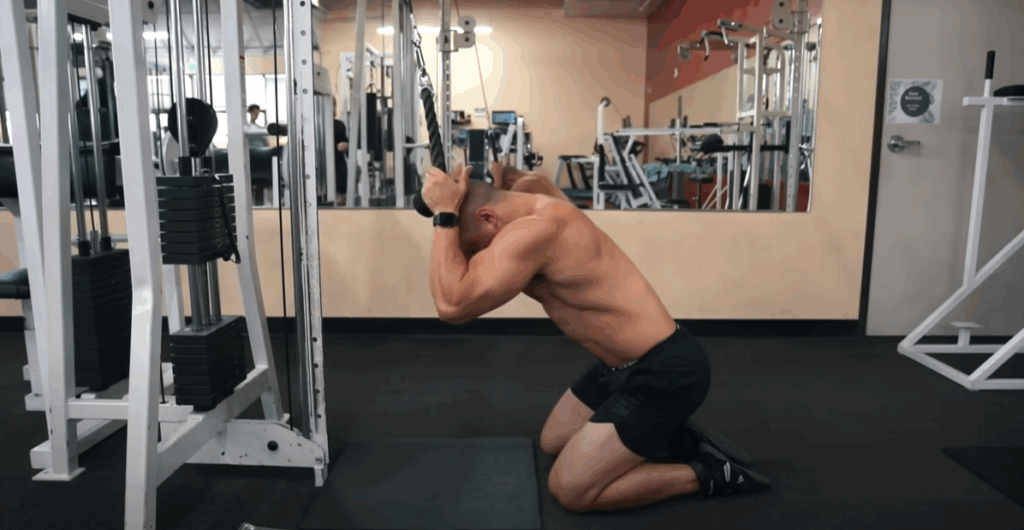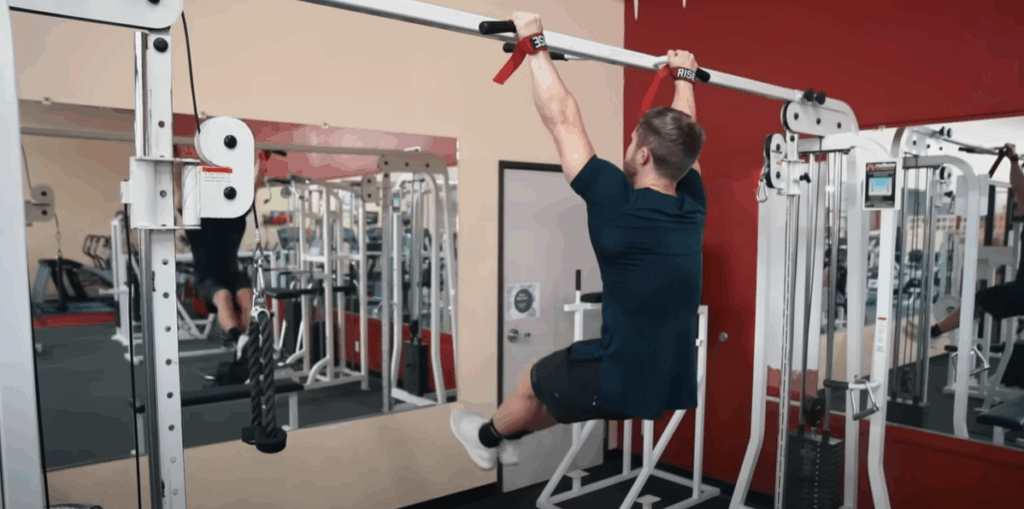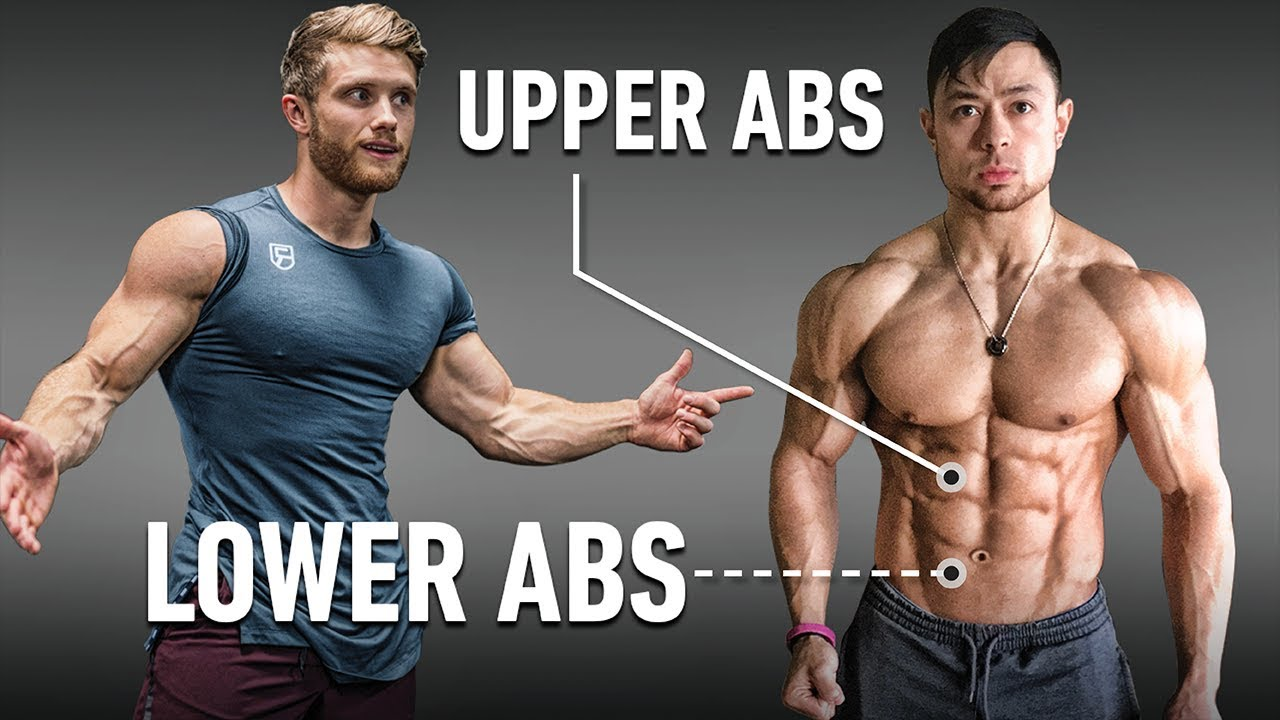The 3 Best Ab Exercises for Building a Defined Six-Pack
A strong, defined core isn’t just about aesthetics—it plays a crucial role in athletic performance, posture, and overall functional strength. But if you’re chasing visible abs, there’s one truth you can’t ignore: abs are sculpted in the gym but revealed in the kitchen. No matter how effective your ab workouts are, you won’t see those deep ridges of a six-pack unless your body fat is low enough to expose them.
For most men, that means staying in the 8–12% body fat range, while women generally need to be around 14–18% body fat for visible abdominal definition.
In this guide, we’ll break down three of the most effective ab exercises for building the rectus abdominis—the muscle that forms the “six-pack.” We’ll also cover proper form, common mistakes, and expert tips so you can maximize your core training safely and effectively.

Why Spinal Flexion Matters for Ab Development
The primary role of the rectus abdominis is lumbar spinal flexion—essentially rounding the lower back. While planks and other isometric holds strengthen the core, they don’t fully take your abs through their primary range of motion.
Recent research from Dr. Bret Contreras and Dr. Brad Schoenfeld suggests that controlled spinal flexion exercises, like crunches, are safe for healthy individuals and remain one of the best ways to build visible abdominal definition.
Electromyography (EMG) studies also show that:
- Crunches emphasize the upper abs
- Leg raises target the lower abs more effectively
For a complete six-pack, include both upper and lower ab-focused movements in your routine.
1. Weighted Cable Crunch
Why It Works
Adding resistance to your crunches allows for progressive overload—just like you’d do for any other muscle group. Properly performed, the cable crunch maximizes tension on the rectus abdominis without over-recruiting the hip flexors.
How to Do It
- Attach a rope to a high cable pulley.
- Kneel and hold the rope so that your hands are near your head, elbows slightly tucked.
- Posteriorly tilt your pelvis (squeeze your glutes) before starting—this reduces hip flexor involvement.
- Initiate the movement by curling your spine, bringing your ribcage toward your pelvis, not just pulling the rope down with your arms.
- Slowly return to the starting position, allowing your lower back to fully extend.
Reps & Sets
Perform 12–20 reps with a moderate weight. Avoid loading excessively heavy, as the lumbar spine is better suited to moderate resistance.
Common Mistakes to Avoid
- Pulling with the arms – Keep your grip loose; think of your arms as hooks.
- Not rounding the lower back – The key is full spinal flexion, not just moving the upper torso.
- Jerking your neck – Keep your head neutral and move from your abs, not your head.

2. Hanging Leg Raise
Why It Works
This move is one of the best for targeting the lower portion of the abs because it combines hip flexion with spinal rounding when performed correctly.
How to Do It
- Hang from a pull-up bar with a shoulder-width or slightly wider grip. Straps can help if grip strength is a limiting factor.
- Tilt your pelvis and curl your hips upward as you raise your knees toward your chest or armpits.
- Lower your legs under control, resisting the urge to swing.
Reps & Sets
Aim for 6–15 reps depending on your core strength.
Common Mistakes to Avoid
- Just lifting the knees – If you only bend your legs without curling your hips, you’re mainly working your hip flexors, not your abs.
- Using momentum – Perform the movement slowly and under control.
- Swinging excessively – If you can’t stabilize your body, try a Roman chair or reverse crunch progression first.
Progressions
- Beginners: Bent-knee raises or reverse crunches on a decline bench.
- Advanced: Straight-leg raises or dragon flags.
3. Bicycle Crunch
Why It Works
The bicycle crunch is great for combining spinal flexion (rectus abdominis) with rotation (obliques), giving you a more comprehensive core workout.
How to Do It
- Lie on your back, hands lightly touching the sides of your head (don’t pull your neck).
- Bring your opposite elbow toward your opposite knee while extending the other leg, mimicking a pedaling motion.
- Alternate sides in a controlled, rhythmic motion.

Reps & Sets
Perform 15–20 reps per side at a moderate to fast tempo, focusing on contracting the abs with each twist.
Common Mistakes to Avoid
- Leading with the arms – Your elbow should move because of your torso rotation, not because you’re pulling with your arms.
- Rushing through the movement – Keep tension on the abs rather than just flailing your legs.
Putting It All Together: The Complete Ab Workout
Here’s a sample ab session you can add to your routine 2–3 times per week:
- Weighted Cable Crunch – 3 sets of 12–20 reps
- Hanging Leg Raise – 3 sets of 6–15 reps
- Bicycle Crunch – 2–3 sets of 15–20 reps per side
Rest 30–60 seconds between sets to keep the intensity high.
Nutrition: The Key to Visible Abs
You can train abs every day, but if you’re carrying too much body fat, they’ll stay hidden. Focus on:
✅ Calorie control – Maintain a small calorie deficit if fat loss is the goal.
✅ High-protein intake – Aim for 0.8–1 gram of protein per pound of body weight to preserve lean mass.
✅ Whole foods & fiber – Prioritize vegetables, lean proteins, and whole grains to stay fuller longer.
Final Thoughts
Visible abs require a combination of smart training and disciplined nutrition. Incorporate movements that target the entire rectus abdominis through both spinal flexion and hip flexion, progressively increase resistance over time, and stay consistent. Remember: a shredded six-pack is built in the gym but revealed in the kitchen—so train hard, eat smart, and stay patient.



